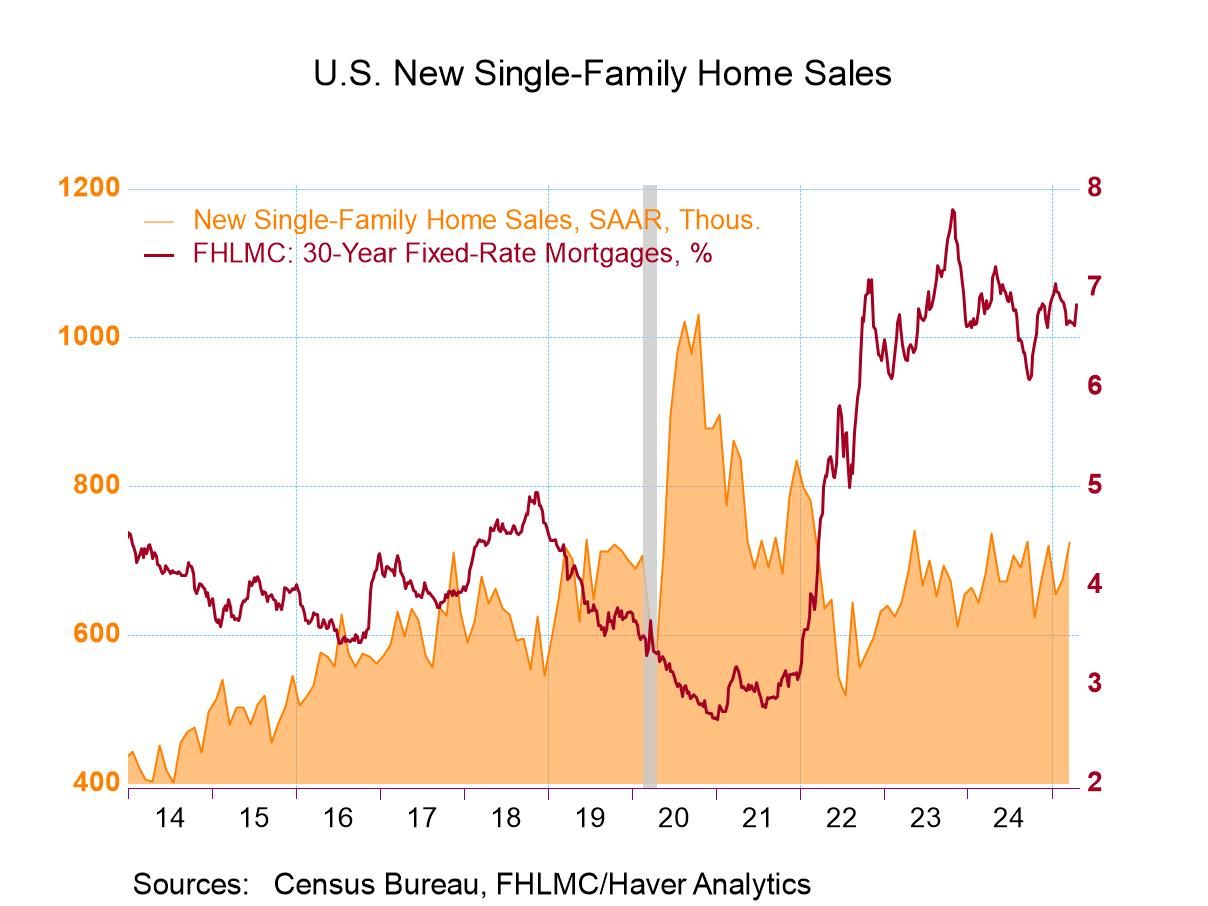German Orders Surge in December – Still Weak

Inflation adjusted German orders rose by 6.9% in December after falling by 5.2% in November. Foreign orders rose by 1.4% in December after a November plummet of 10.3% (a drop at a 72.9% annualized rate). Domestic orders jumped in December, rising by 14.6% (w/ another extremely sizeable, annualized rate if placed on an annualized basis). This followed a 3.5% increase in November.
The bright side is that German domestic orders have been rising for two months in a row by a sizeable amount. They are growing at a 61.4% annualized rate over three months and showing building momentum and acceleration from 12-months to 6-months to 3-months. Foreign orders are more erratic; they fall by 11.4% over 12 months as well as at a 29.6% annual rate over three months- but they also rise over six months. So, the direction for Germany orders overall is unclear, but there is now clear strength in domestic orders and more hopeful forces in play for orders overall than we have seen for some time. In the just completed quarter, domestic orders rise at a 134.8% annual rate over Q3 while foreign orders fall at a 29.1% annual rate compared to Q3.
Real sector sales decline overall and for all of manufacturing. There are increases in sales for consumer goods and intermediate goods that rate dominated by a decline in capital goods real sales over three months. Sequentially total and manufacturing real sales both show weakening, declining a sign of progress, albeit not very aggressive progress. Still, it is something. Capital goods sales have stopped decelerating. Consumer goods sales are on an accelerating path with sales up at a 10.3% annual rate over three months. Intermediate goods sales are progressing from small declines over 12 months and six months to logging an increase over three months.
Both manufacturing sales and orders show signs of turning around although there have not been any such signs from other reports. The recent ZEW survey for February showed improved macro expectations in Germany and less weakness in the economic situation. By sector, profits showed improvement in construction and in services but not much in manufacturing industries. PMI data from S&P have not tipped any clear improvement in German manufacturing while services continue to plug along mostly showing growth but not a whole lot of it.

Robert Brusca
AuthorMore in Author Profile »Robert A. Brusca is Chief Economist of Fact and Opinion Economics, a consulting firm he founded in Manhattan. He has been an economist on Wall Street for over 25 years. He has visited central banking and large institutional clients in over 30 countries in his career as an economist. Mr. Brusca was a Divisional Research Chief at the Federal Reserve Bank of NY (Chief of the International Financial markets Division), a Fed Watcher at Irving Trust and Chief Economist at Nikko Securities International. He is widely quoted and appears in various media. Mr. Brusca holds an MA and Ph.D. in economics from Michigan State University and a BA in Economics from the University of Michigan. His research pursues his strong interests in non aligned policy economics as well as international economics. FAO Economics’ research targets investors to assist them in making better investment decisions in stocks, bonds and in a variety of international assets. The company does not manage money and has no conflicts in giving economic advice.






